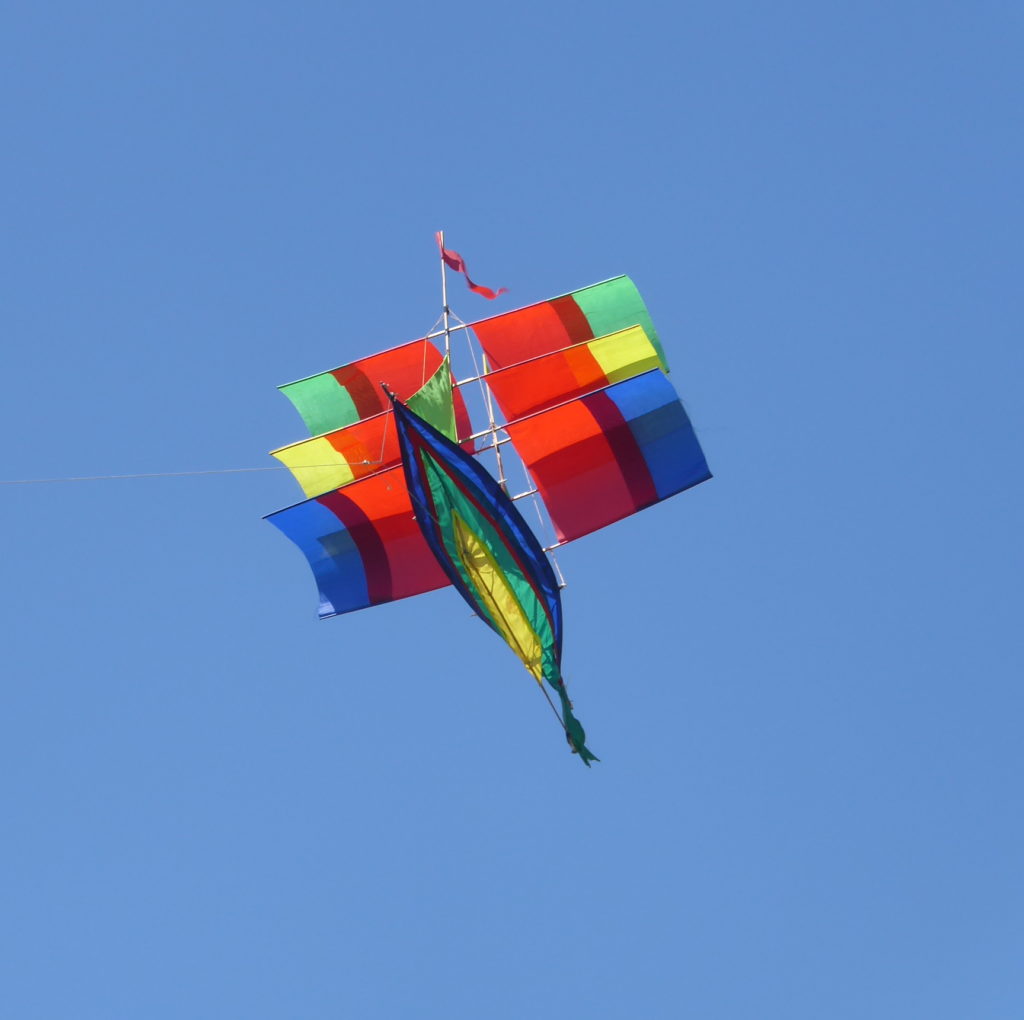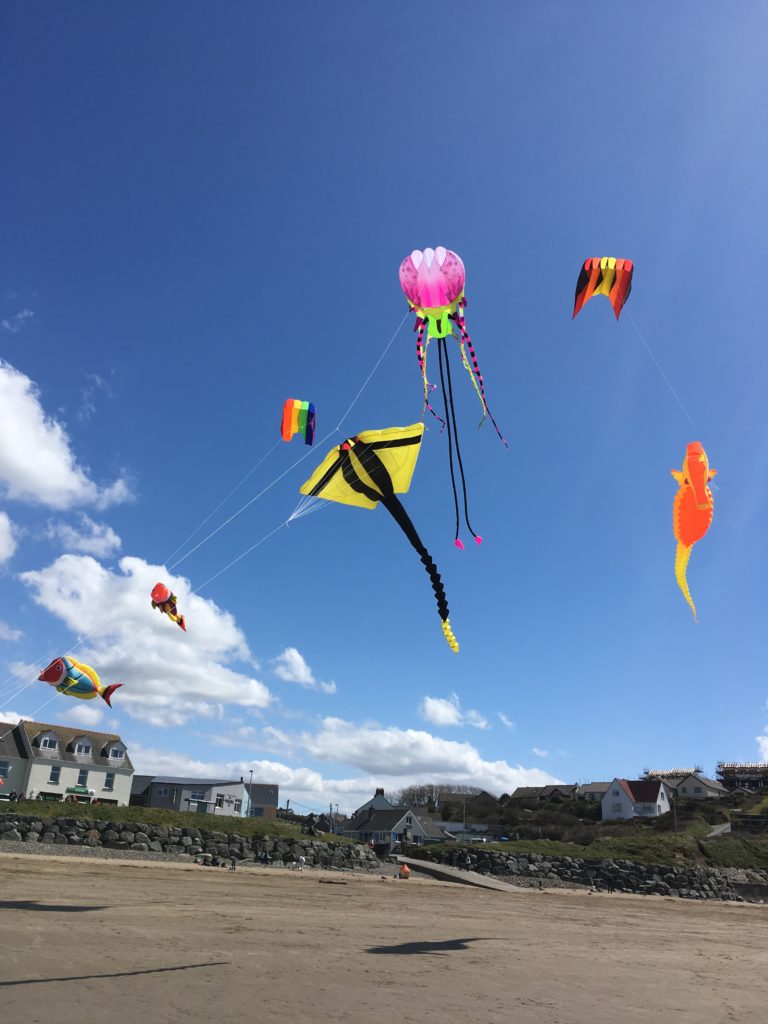WELCOME TO THE MIDLANDS KITE FLIERS
POPULAR KITES
DIAMOND
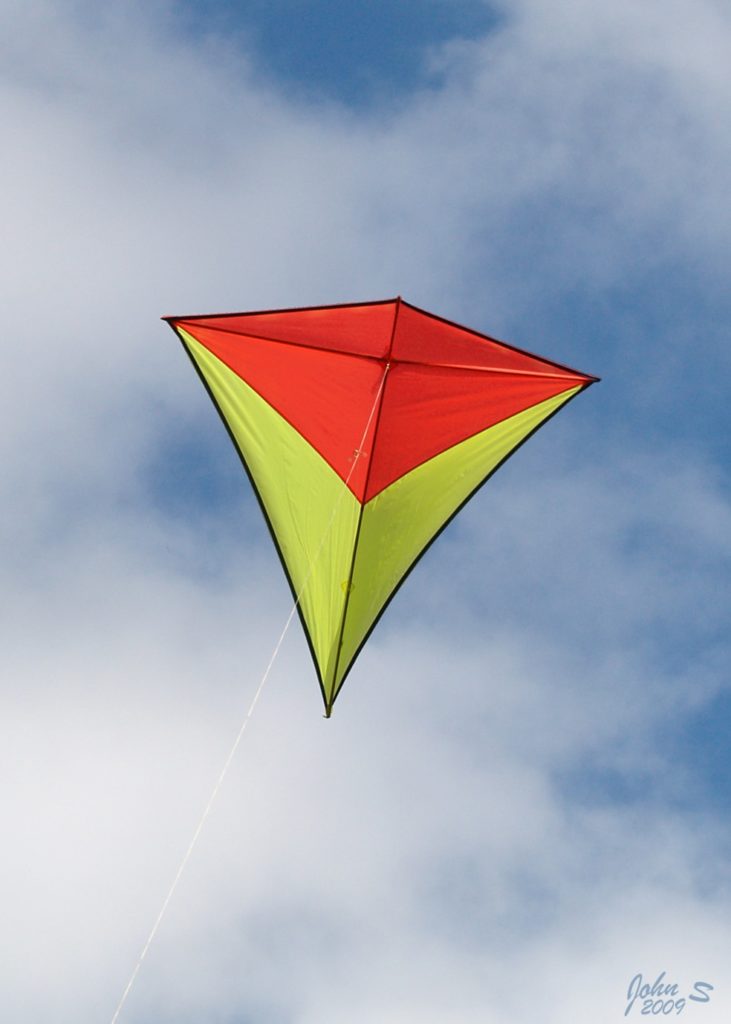
The classic kite shape all children draw – The first kite many of us ever owned so it has a key roll to play for many people becoming hooked on kites.
TRADITIONAL CHINESE DRAGON
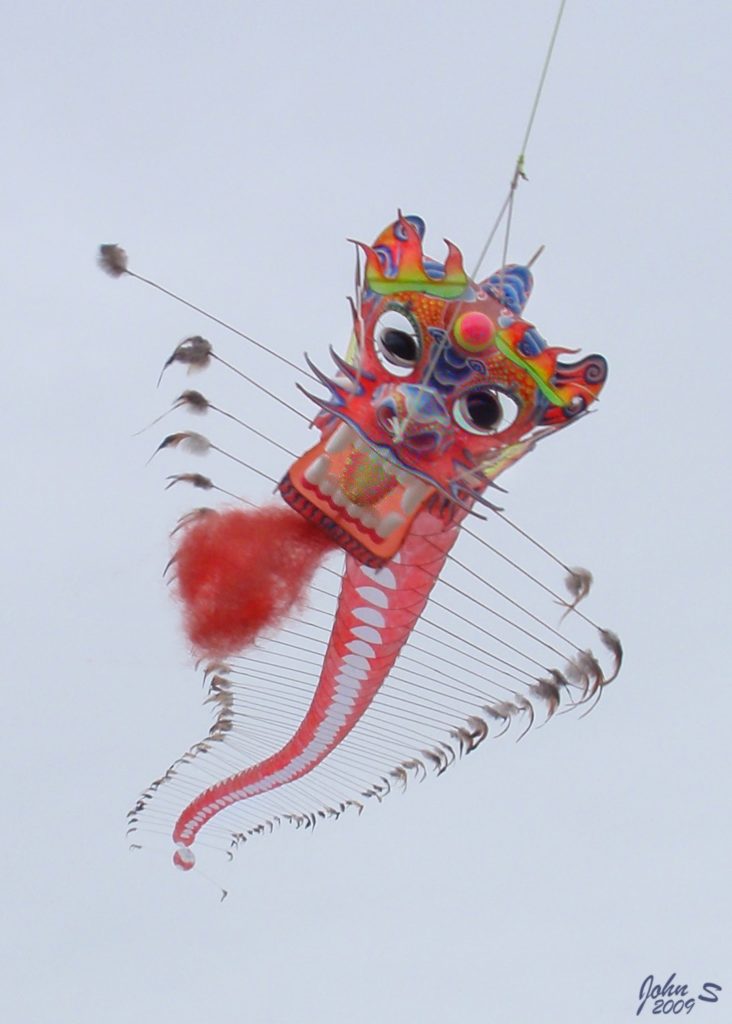
Kites are generally believed to originate from China having been used for fishing, fighting and just playing. This is a traditional dragon kite with a modelled head and then a series of discs making the tail while lifting the kite.
ROLLER
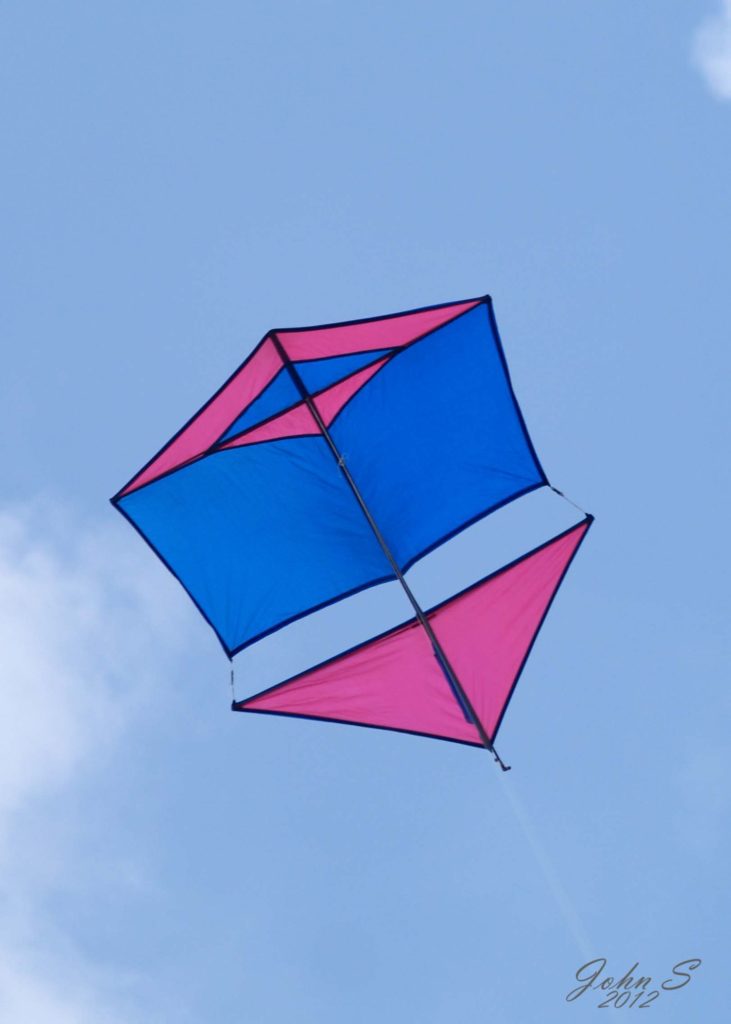
First seen in the 1930’s but became popular in the 1970’s when many different sizes began to appear. They have alight line pull and fly in a good wind range.
QUAD LINE KITE
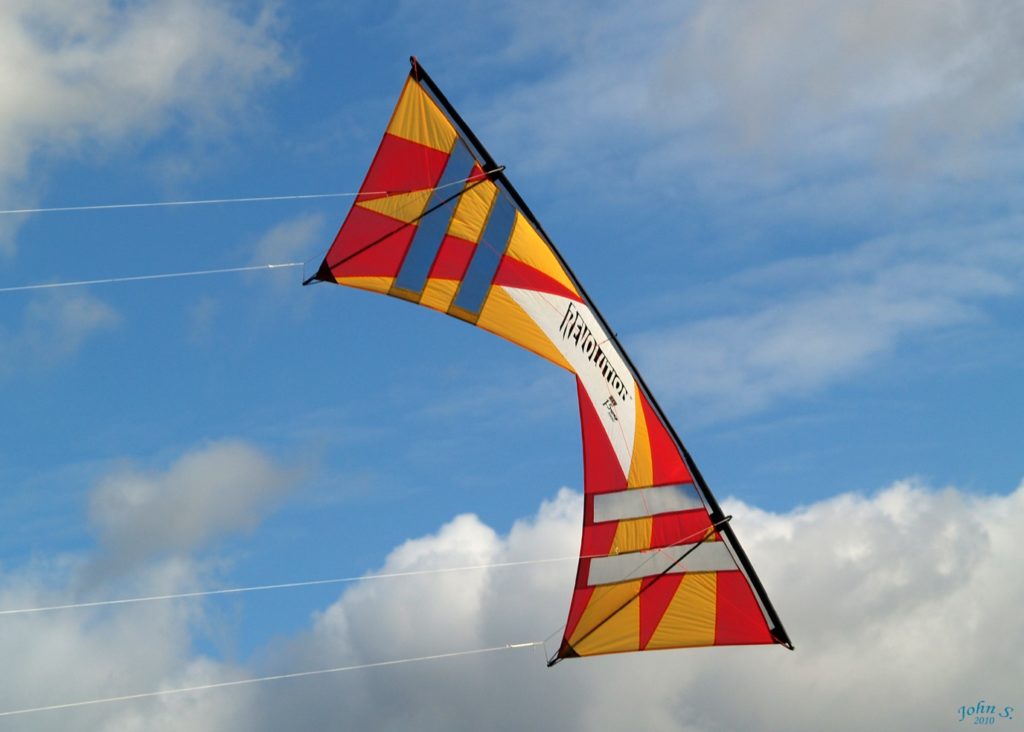
The use of four lines allow the kite to be very accurately controlled and to fly in any direction. Often called ‘revs’ after the ‘revolution these kites can be flown on their own but are often displayed in a group flying to music. Two line kites are also flown which are very controllable and can be flown with or without tails.
LIFTER OR PILOT
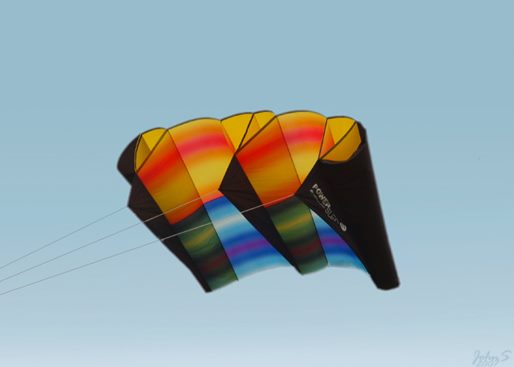
The unsung hero’s of display kite flying. These are used to lift a line on to which line laundry is attached. They also add stability to display kites to reduce movement on busy festival fields.
LINE LAUNDRY
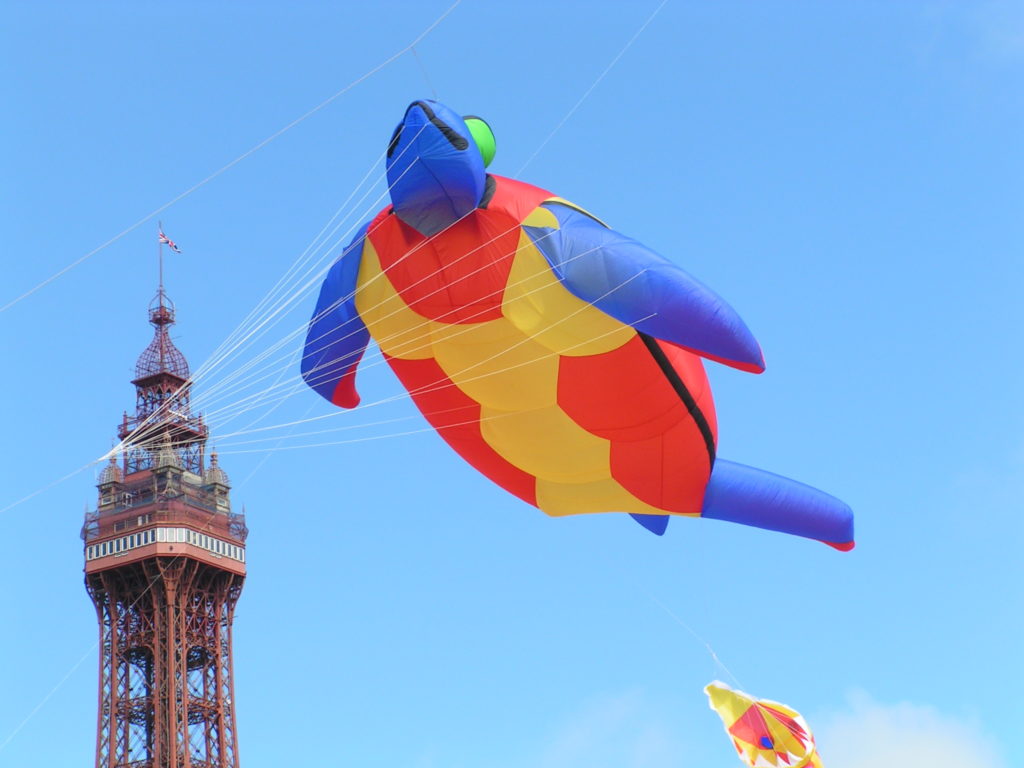
These ‘Kites’ are actually attached to a line going to a more stable ‘pilot’ kite above it. This allows shapes that would not be stable enough to fly by themselves to be flown. This method of flying is often used on the large display kites seen at festivals.
GROUND BOUNCERS
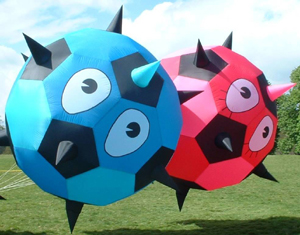
Tethered on short lines these ‘kites’ never really fly but bounce just off the ground making a fun display. Very popular with the younger children visiting festivals.
BOL
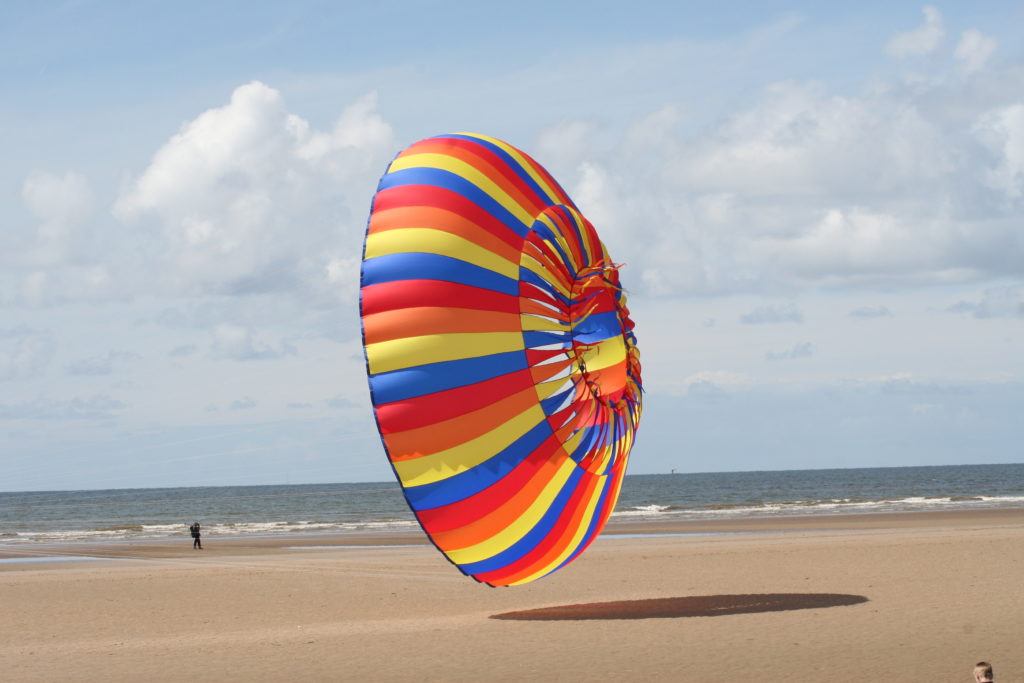
Looking like the traditional parachute these kites are tethered by a central point to the ground and allowed to rotate, making a mesmerising display. Bols can generate very high line pulls and need carefully anchored
CODY
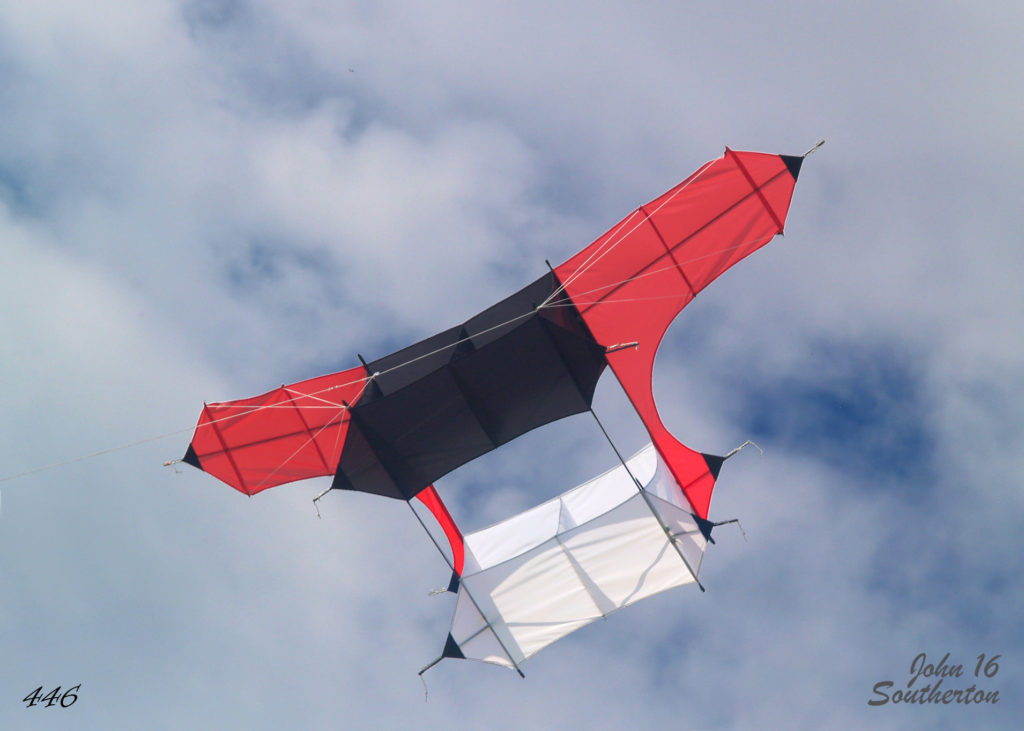
Samuel Cody developed this kite as an observation platform for the British army. A number of them were linked together in a ‘train’ with enough lift to hold a man aloft in a small basket! Cody went on to be a pioneer in early aircraft until his untimely death in one of his creations.
